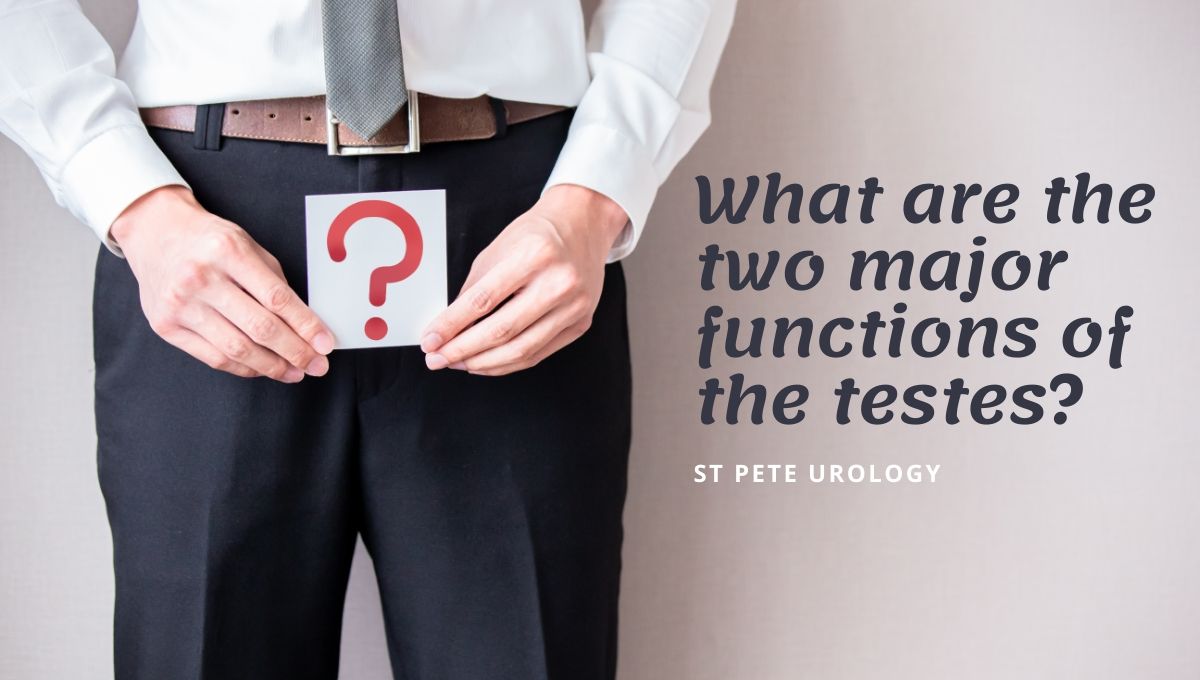Testicular cancer treatment options by stage, plus real recovery timelines, fertility guidance, and local support at St. Pete Urology in St. Petersburg, FL.
Continue readingHow to Recognize Testicular Cancer Symptoms Before It’s Too Late
Learn to identify testicular cancer symptoms early. St Pete Urology explains warning signs, self-exam techniques, and when to seek expert urological care.
Continue readingHow Can You Protect Yourself from Testicular Cancer?
Could Early Diagnosis and Outcomes of Testicular Cancer Treatment Lead to Better Prognosis?
Are You Experiencing Any of the Symptoms of Testicular Cancer?
Are You at Risk of Developing Testicular Cancer?
What are the two major functions of the testes?
 The testicles are the male reproductive organ. These oval-shaped organs are located in the scrotum just below the penis. The testicles have two primary functions: The first is to produce sperm and the second is to produce and discharge hormones, primarily testosterone. These two functions make them an indispensable part of the male reproductive system.
The testicles are the male reproductive organ. These oval-shaped organs are located in the scrotum just below the penis. The testicles have two primary functions: The first is to produce sperm and the second is to produce and discharge hormones, primarily testosterone. These two functions make them an indispensable part of the male reproductive system.
The testicles are continuously making sperm. Male testicles can produce up to 200,000 sperm per minute and can make several million sperm per day. This may seem like an overabundance, but each ejaculation releases anywhere between 20 and 300 million sperm cells, making all that hard work necessary. A full sperm production cycle can take 64 days and in that time the testicles will produce up to 8 billion sperm.
Androgens, the hormones produced in the testicles, play an important role in many aspects of a man’s life. These hormones control the development of masculine features. For instance, deeper voice and beard hair growth can be linked to androgens. The hormone called testosterone also plays a vital role in male reproduction. Testosterone drives genital growth and the sperm production that takes place in the testicles.
Maintaining good health is important to ensuring the testicles are able to perform their functions properly. Evidence shows that poor health can lead to lower sperm counts and weakened testosterone production. Some research shows that male infertility increases by 10 percent for every 20 pounds that a man is overweight. Unhealthy lifestyle factors like smoking, heavy drinking and stress can also affect the testicles’ ability to perform their functions.
Given the importance of testicle functions, it is important to pay attention to the diseases and conditions that occur in them. One of the most serious conditions is testicular cancer. This cancer is tends to affect younger men between 15 and 34 years of age, and although it is not common, it is important to be aware of it and check one’s testicles somewhat regularly. According to the American Cancer Society, about 410 deaths a year in the United Stated will be caused by this form of cancer.
Because the testicles are a part of the male reproductive system, a urologist is the doctor to see if any symptoms arise that indicate a problem. Men who have health concerns can make and appointment at St Pete Urology and meet a highly skilled uologist who is dedicated to improving reprouctive health and quality of life for his patients.
What are 5 warning signs of testicular cancer?
Symptoms of testicular cancer
Testicular cancer does not always exhibit any symptoms and when it does, its symptoms are similar to those of non-cancerous conditions or inflammations. For these reasons, testicular cancer is often diagnosed at a late stage.
Any one or a combination of the following symptoms should serve as warning signs:
1. Lump and swelling in the testicle
A painless lump or a swelling, or a general change in the size of the testes is one sign of testicular cancer. It is not unusual for one testicle to seem larger than the other. However, a noticeable change from what is usually the normal size of either testes should be treated as a warning sign.
2. Pain or discomfort in the scrotum
Ordinarily a lump or swelling does not cause pain. In some cases of testicular cancer, however, patients report an ache in the scrotum holding the affected testes. It also could be a feeling of heaviness in the scrotum causing discomfort.
3. Enlargement and tenderness of breasts
In rare instances, the presence of testicular tumors encourages the development of breast tissue. This is a condition known as gynecomastia.
4. Accumulation of fluid in the scrotum
A sudden and perceptible collection of fluid in the scrotum should be treated as a red flag.
5. Pain in the groin area, abdomen or lower back
This occurs as an extension of the pain in the testes, if any. It also occurs if the cancer has spread from the testes to the lymph nodes around the groin and the abdomen.
It is noteworthy that the symptoms described above could arise from a non-cancerous condition. That may be reassuring news, but any symptoms also should be considered with caution, because they make testicular cancer that much harder to detect. It is advisable to see a urologist if you have experienced any of the above symptoms, if only to eliminate the presence of testicular cancer. Experienced urologists at St Pete Urology can offer help and treatment for urological problems. Their pool of trained urologists can offer consultation and guidance with any questions and concerns you may have. For more information about testicular cancer, visit the St Pete Urology website.
Common Causes of Testoterone Deficiency
Testosterone deficiency affects male sexuality adversely because of the important roles that androgenic hormones play in the body. For instance, normal levels of testosterone help in maintaining a healthy mood, sexual desire, fertility and normal energy levels. Depending on age, low testosterone levels can lead to male impotence, bone and muscle development abnormalities and underdeveloped genitalia. Testosterone deficiency has been reported in alarmingly high numbers of males. In the United States alone, over 13 million men experience testosterone deficiency, but less than 10% of these men receive treatment for the disorder. Many studies have revealed that diabetes, hypertension and obesity increase the risk of testosterone deficiency in men. [Read Full Article…]

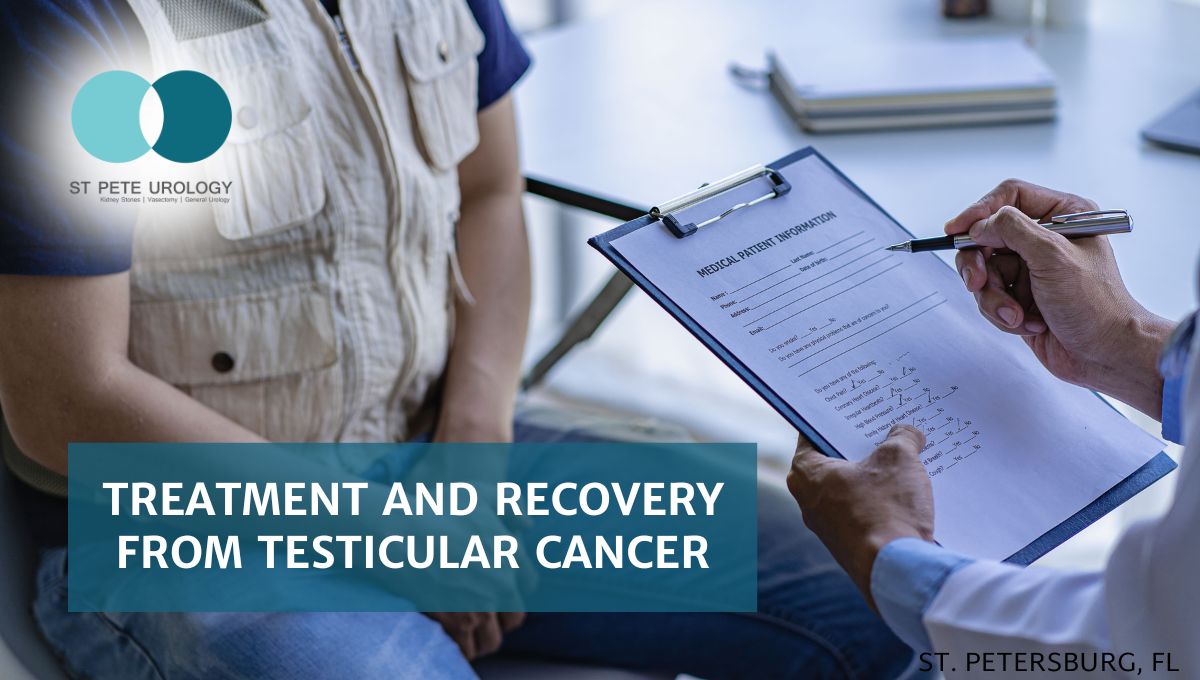
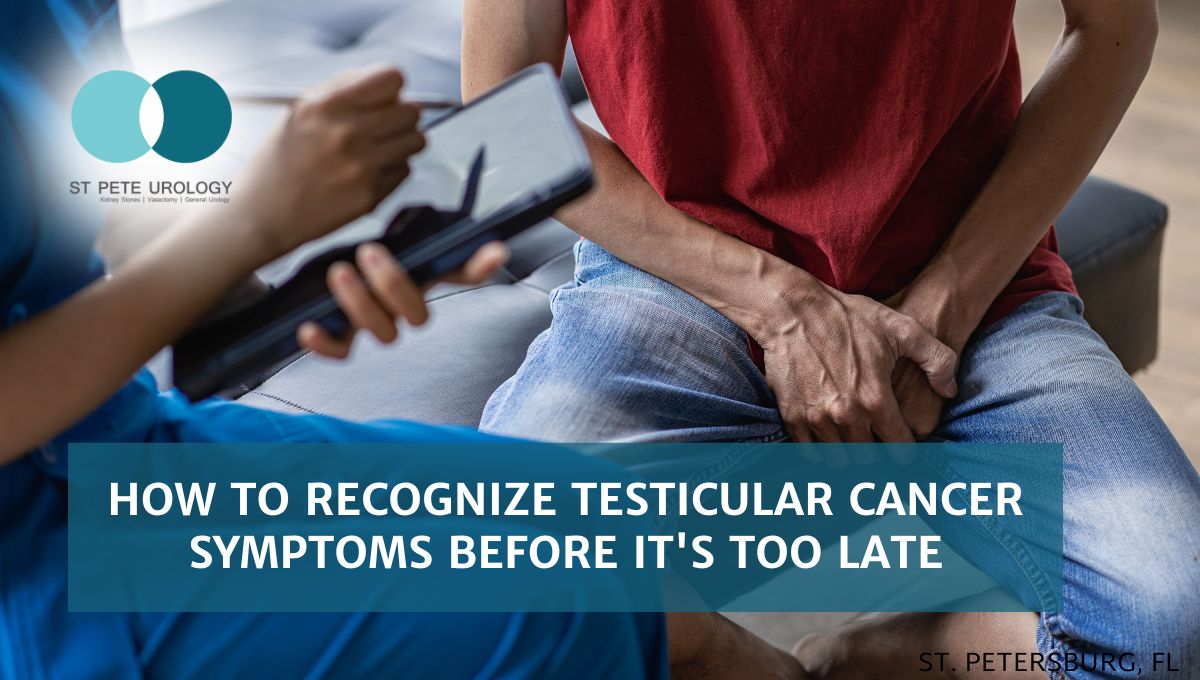
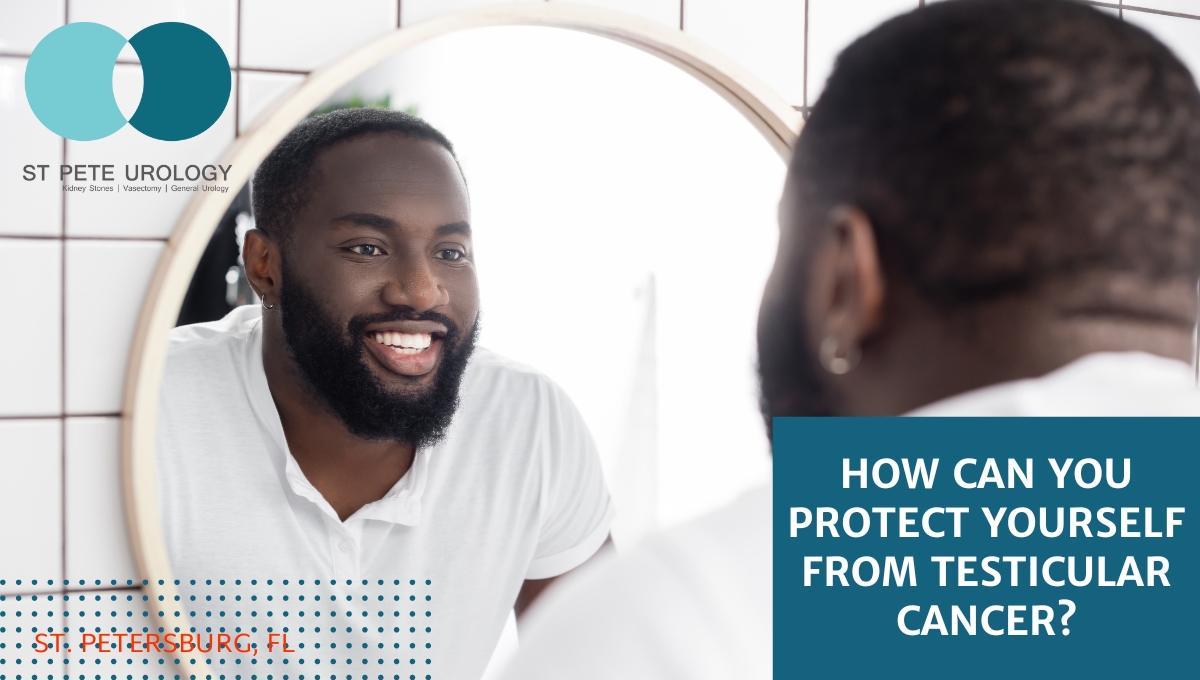
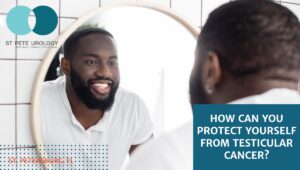 Testicular cancer is thought to be one of the most curable forms of cancer, and early detection is key. Unfortunately,
Testicular cancer is thought to be one of the most curable forms of cancer, and early detection is key. Unfortunately, 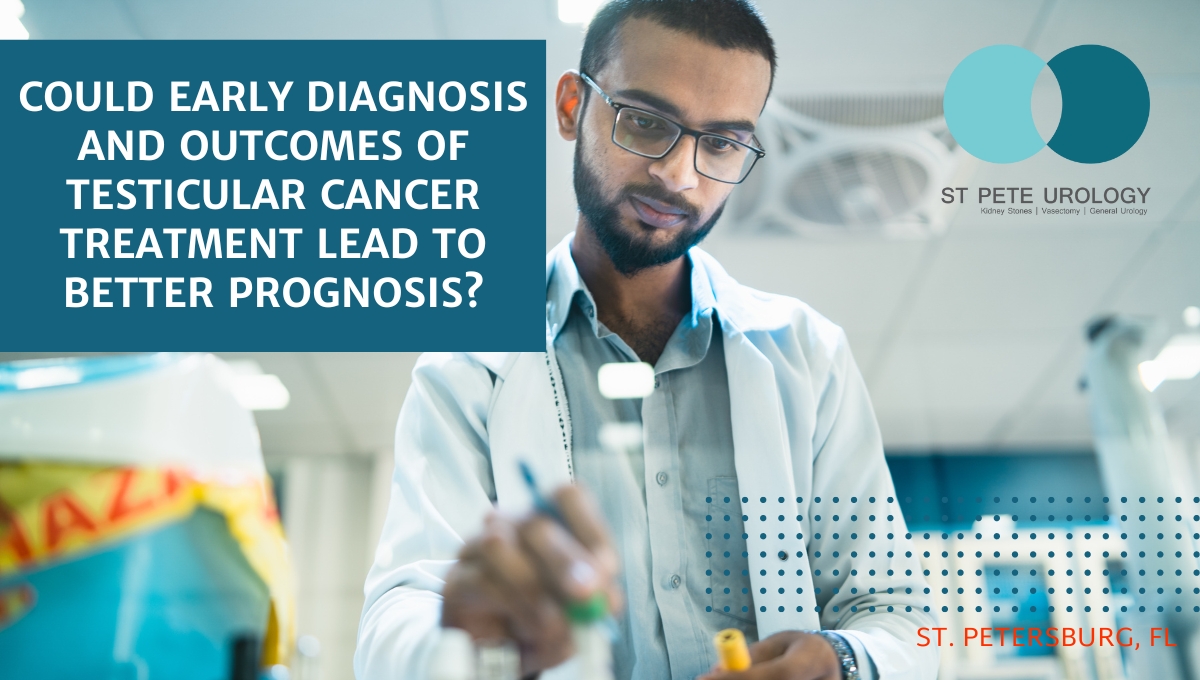
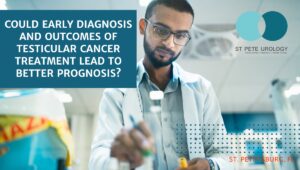 Testicular cancer
Testicular cancer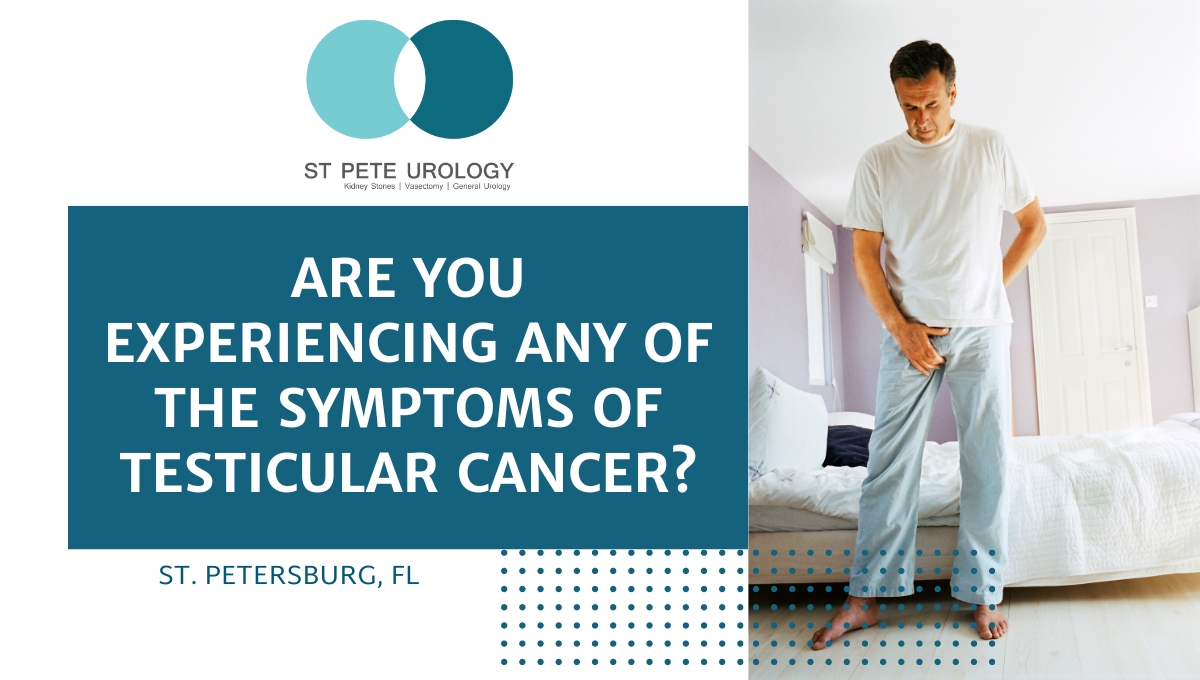
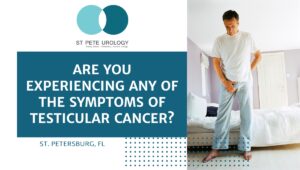 Are you experiencing any of the symptoms of
Are you experiencing any of the symptoms of 
 Are you at risk of developing
Are you at risk of developing 